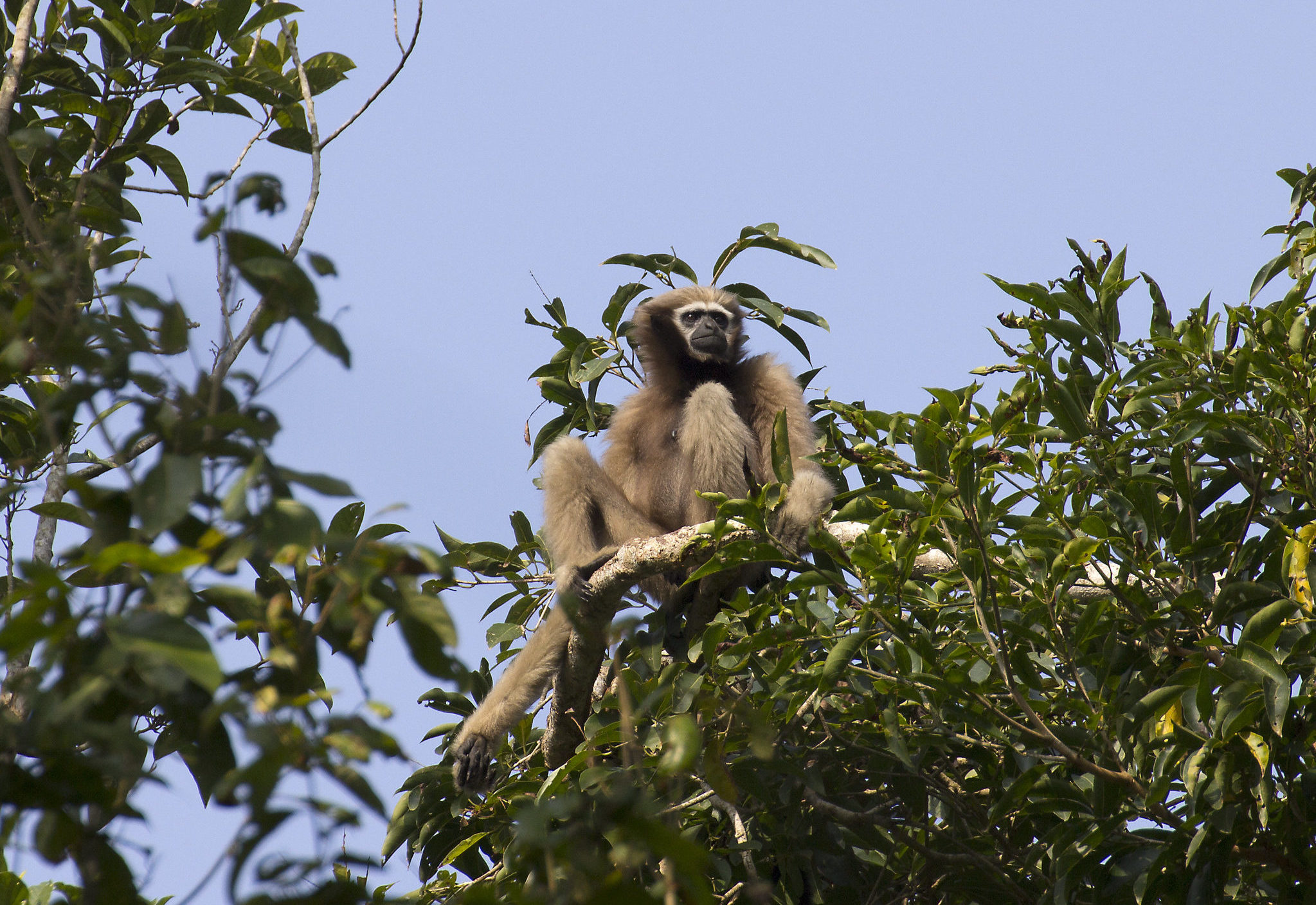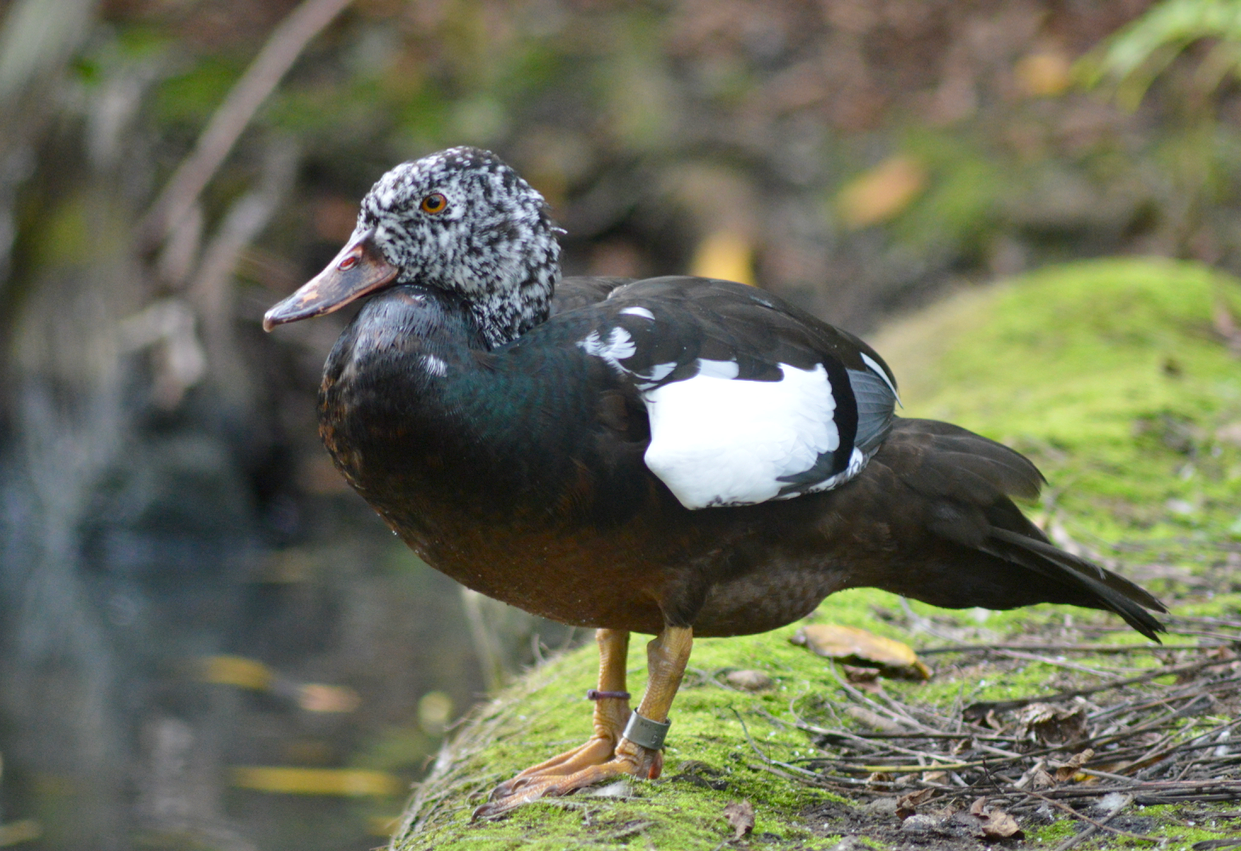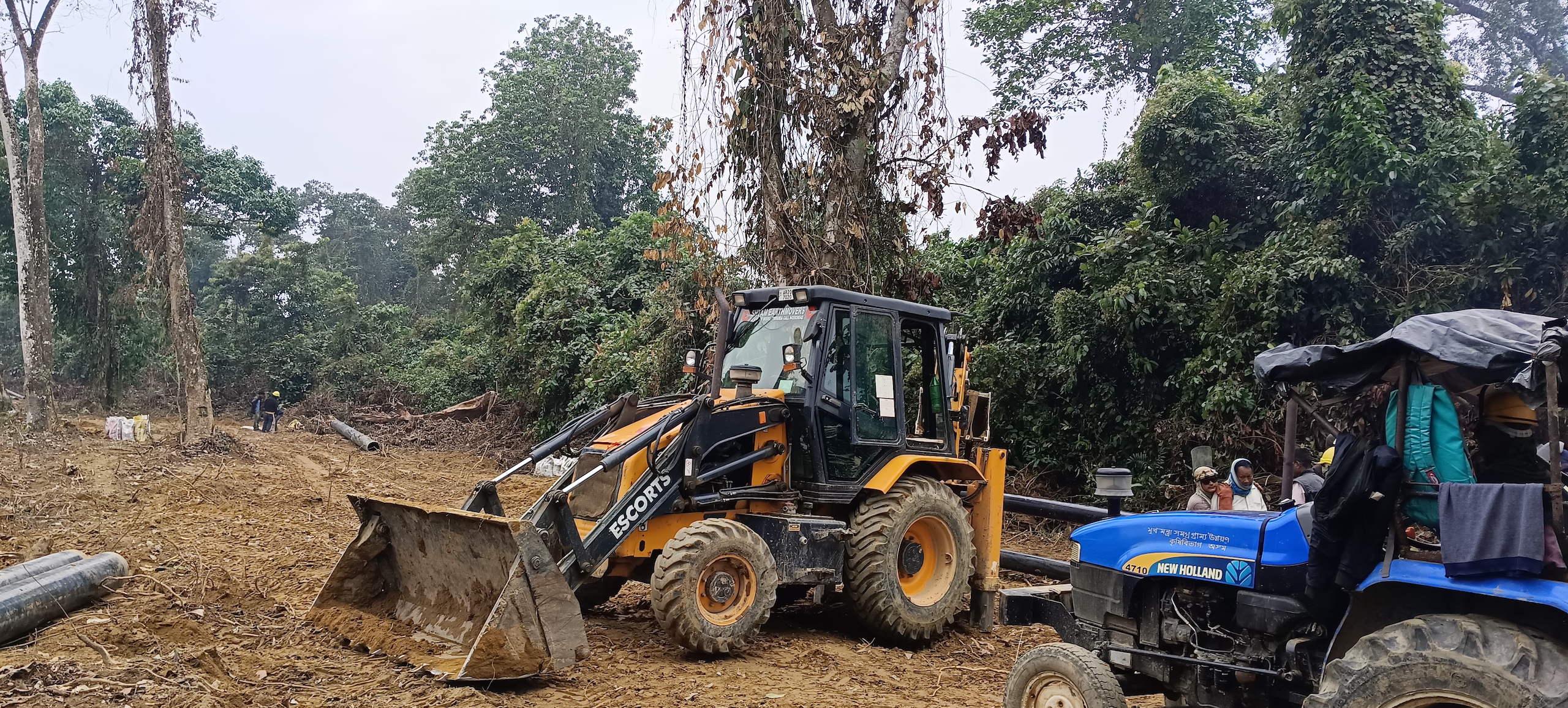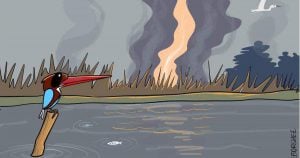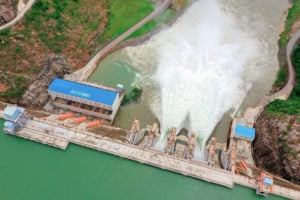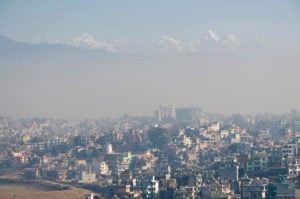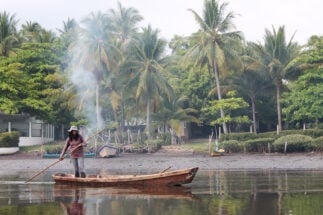Four oil and gas pipelines being laid through protected forests in Assam could be “disastrous” for wildlife, environmentalists have told The Third Pole.
Oil India Limited (OIL), a government-owned fossil fuel exploration and production company, is rebuilding one pipeline and constructing three from scratch as it seeks to expand production. Documents seen by The Third Pole show that in total over 40 hectares of forest will be cleared for the pipelines.
The pipelines will run close to Dehing Patkai National Park, which encompasses the largest stretch of lowland rainforest in India and is home to multiple endangered species, including the western hoolock gibbon and white-winged duck, the state bird of Assam.
Pipelines through protected forest
The town of Digboi, in eastern Assam, is about 25 km from Dehing Patkai National Park. Here, OIL operates India’s oldest refinery. Since 1954, the refinery has received crude oil from a pump station about 35 km away in Duliajan town via a pipeline laid along the Duliajan-Digboi road. At its closest point, the road is only 2.5 km from Dehing Patkai National Park.
The company has now decided to decommission the nearly 70-year-old pipeline and construct a new one on the other side of the road. Documents seen by The Third Pole show that a significant section of the pipeline – 16.4 km – passes through a reserved forest within the Digboi Forest Division. (Under law, reserved forests are protected from certain activities, although there are fewer restrictions than national parks and sanctuaries.)
Parallel to the replacement oil pipeline, a new natural gas pipeline is being laid. This will transport fuel from Kushijan, near Digboi, to Duliajan to meet increasing demand for gas.
The clearance of over 13 hectares of forest land has been permitted, along with the felling of 850 trees and widening of the road by 7.5 metres.
According to local environmentalist Mridu Paban Phukon, most of the tree canopies that provide the habitat needed by western hoolock gibbons fall in the stretch along the Digboi-Dhuliajan road.
OIL is also building a second pair of 60-km-long pipelines. These will transport oil and gas from the Kumchai field in Arunachal Pradesh to Kushijan in Assam, with over 18 km running through protected forests in Digboi Forest Division and nearby Doomdooma Forest Division. The project will widen a road by 15 metres, clear over 27 hectares of forest land and fell 2,144 trees – including hollong trees, the endangered state tree of Assam.
Work on all four pipelines started in November 2022 and is expected to be completed in March, OIL spokesperson and chief general manager Bhairab Bhuyan told The Third Pole.
Pipelines a ‘severe blow’ for Dehing Patkai’s wildlife
Around a day’s drive from state capital Guwahati, the Dehing Patkai landscape is spread over 600 square kilometres. It comprises 20 reserve forests, as well as the 230 sq km Dehing Patkai National Park.
The national park is a biodiversity hub, home to 47 species of mammal, 127 orchids and 310 butterflies. Endangered species found there include the slow loris, capped langur, pig-tailed macaque and Assamese macaque, as well the western hoolock gibbon and white-winged duck. The area is also an elephant corridor.
Environmentalists fear that the felling of so many trees will lead to fragmentation of the gibbons’ habitat.
Hoolock gibbons are the only apes found in India, and live in the forests of the northeastern states. They eat mainly fruit, dwell in the forest canopy, and are monogamous and territorial.
“The laying of pipelines will be a severe blow to the already falling population of gibbons,” said Dilip Chetry, head of the primate research and conservation division at Aaranyak, an environmental non-profit in northeast India. Chetry said that a 2005 study found there were around 10,000 western hoolock gibbons in northeast India, of which 7,000 were in Assam, but since then “their numbers have decreased substantially”.
In the Doomdooma Forest Division, Chetry said that during a study in 2019-20, “we could not sight a single gibbon in eight reserve forests out of the 20 reserve forests in the division”. He added: “Detrimental impact of canopy cover loss on gibbon population has been observed in Borajan of Bherjan-Borajan-Padumani Wildlife Sanctuary in Assam. There were 15 groups of gibbons in Borajan in 1995 – each family with two to four members – whereas at present there is only one group.”
Chetry said that the impact of any development project in or near western hoolock gibbon habitat needs be assessed if the species is to be conserved.
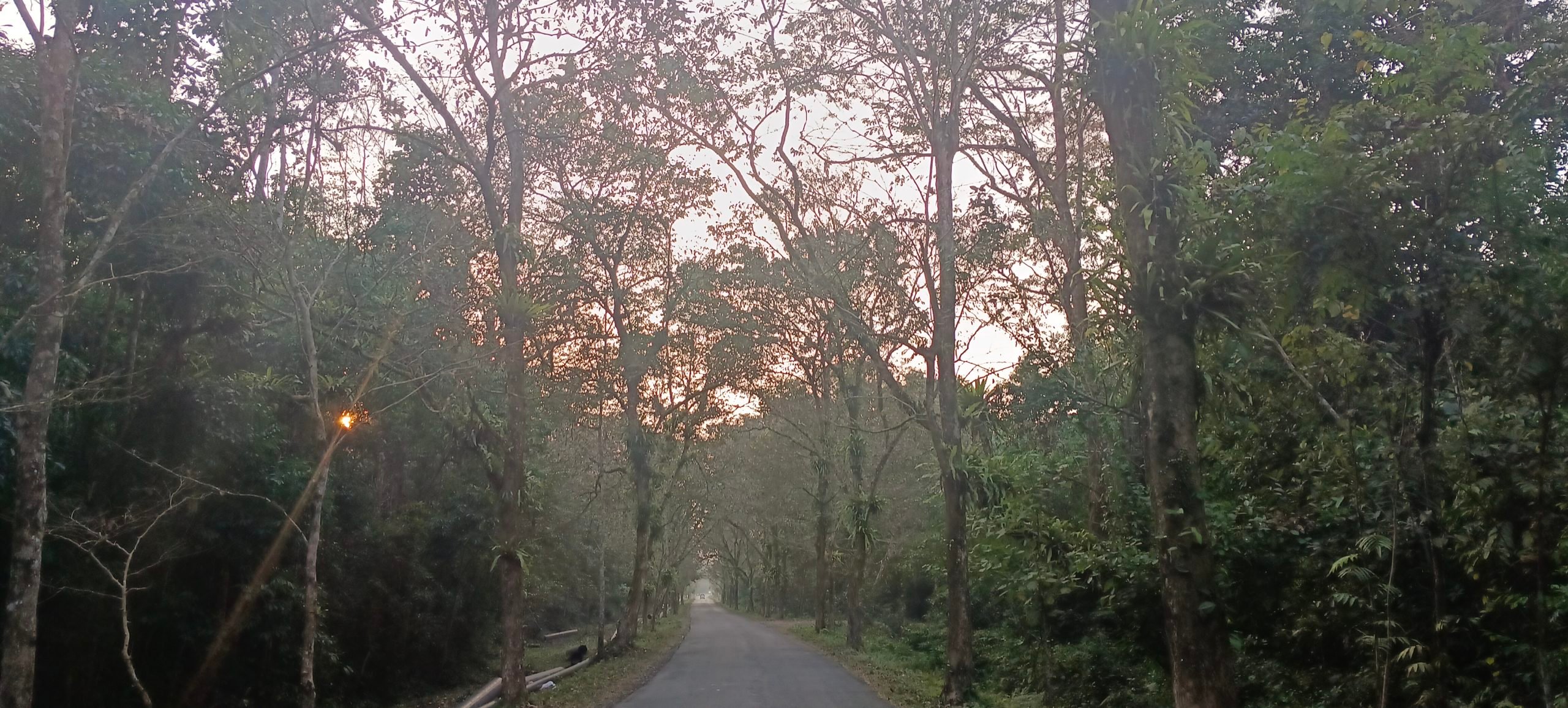
Environmentalists are also concerned about the threat to the white-winged duck, which within India is found only in Assam and neighbouring Arunachal Pradesh.
Soil excavated as pipelines are laid is “disposed of without following the guidelines, which is choking up the natural water streams”, said local environmentalist Phukon. He explained that this poses “a threat for the white-winged duck as they prefer to stay in jungle pools. The cutting of trees will also be disastrous for both white-winged ducks and Austin’s brown hornbills as they use tree cavities for nesting.”
On 29 November last year, Phukon wrote to India’s Ministry of Environment, Forest and Climate Change about the problems he has observed concerning the pipeline projects in Dehing Patkai’s reserve forests. He told The Third Pole that environmental rules are being violated by the use of loud machines like excavators and bulldozers in an eco-sensitive zone. And, he said, the work is “disrupting elephant movement as the entire rainforest is an elephant corridor with a population of over 200 elephants. The jumbos might move towards residential areas and will damage crops and houses after being unable to cross the road due to the construction work.”
Residents of nearby villages told The Third Pole in December 2022 that they had noticed frequent elephant movement in their paddy fields over the past month.
OIL and the forest division respond
OIL spokesperson Bhairab Bhuyan told The Third Pole that the felling of trees to create the pipeline corridors will be “minimal”.
“In case of any unavoidable requirement of felling of trees, forest authorities will carry out tree felling. Saplings and small trees falling in the pipeline route are being replanted,” he said.
On the subject of the Digboi-Duliajan pipeline, Bhuyan said: “It is not possible to replace a pipeline with a new one at the same spot as it would have caused safety risks. It is also necessary to maintain inter-distance as per regulatory norms and sufficient space was not available on the same side of the road without felling big trees. After commissioning of the new pipeline, the old pipeline will be retrieved to the maximum possible extent without harming flora and fauna.”
We do not need any environmental clearances for works like laying pipelines close to national parkTC Ranjith Ram, Digboi division forest officer
TC Ranjith Ram, divisional forest officer of the Digboi division, claimed that only three trees have been felled so far for laying the pipeline along the Digboi-Duliajan road, and all possible efforts have been made to ensure minimal damage to the forest. “We are in talks with OIL authorities and have told them to lay the pipelines in such a manner that the biodiversity is not much disturbed. Till now, we have not cut any canopies of western [hoolock] gibbons. The canopies would not be cut unless it is absolutely necessary for the project. We do not need any environmental clearances for works like laying pipelines close to national park.”
On the second pipeline, Ram said: “The trees have been enumerated [marked for felling] for the oil and gas pipeline from Arunachal Pradesh but we are yet to start work in the forest area. OIL has also paid 2% of the project cost for the wildlife mitigation and conservation plan.”


